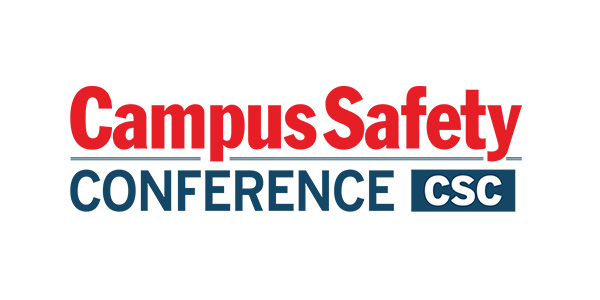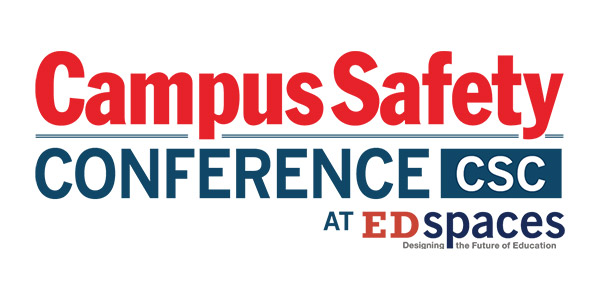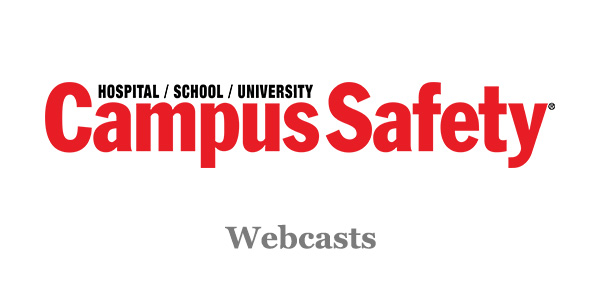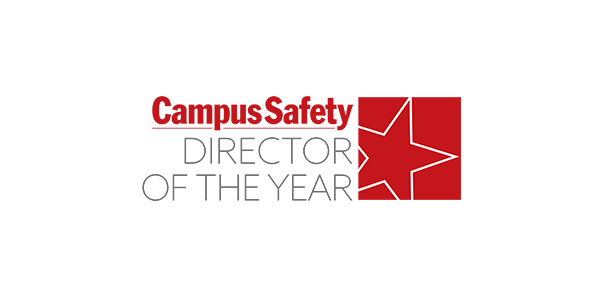As educational campuses grow in size and scope — some have the population of small towns — protecting students, employees and assets when access can’t be completely controlled is becoming an increasingly complex problem.
Adding to that complexity is a rising sense of urgency brought on by campus violence. In the first half of 2025 alone, there were 23 school shootings in the United States — 15 on college campuses and eight on K-12 campuses. Those incidents left nine people dead and at least 33 others injured, according to a CNN report.
Campus violence numbers have been increasing since a decline during the COVID pandemic, when many campuses were closed. Incidents have increased and set records every year since 2021, with 83 incidents recorded in 2024, according to the report.
Intelligent Technologies
In response, campuses have begun to lean heavily on security technology. Of 200 campus security and police executives surveyed by Campus Safety Magazine, 98% said their campus had at least one video surveillance system.
As security technology evolves, campus security leaders are looking to take advantage of new capabilities. The Campus Safety survey showed that 59% of participants would like to expand, update or replace their surveillance systems in the next two years.
Along with traditional video surveillance, intelligent technologies that employ AI, advanced analytics and the cloud are emerging as force multipliers for campus security teams that are stretched too thin. These new tools can bring additional layers of detection, response and preparedness to campus security ecosystems.
Among these technologies, LiDAR (Light Detection and Ranging), digital twins and cloud-based video management systems have emerged as powerful tools in enhancing campus security. By integrating these tools, institutions can create a comprehensive and proactive security framework that not only addresses current challenges but also anticipates future threats.
LiDAR is a remote sensing technology that uses laser light to measure distances and create precise, three-dimensional representations of the environment. Traditionally used in fields such as archaeology and forestry, LiDAR is now being adopted in security applications due to its ability to accurately map and monitor large areas in real-time. This technology can detect movements and changes in the environment, providing valuable data for security personnel.
Digital twins are virtual replicas of physical entities. In the context of campus security, a digital twin can be a dynamic, real-time model of the entire campus environment, including buildings, infrastructure and even the people within it. By integrating data from IoT devices, digital twins provide a holistic view of the campus, enabling security teams to simulate scenarios, predict outcomes, and respond to incidents more effectively.
A cloud-based video management system adds another layer of sophistication to campus security. Generative AI alerts and analytics provide nearly infinite flexibility in filtering what is truly important to the end user. The scalability and flexibility offered by cloud technology allows security teams to view, manage, and control video feeds from anywhere.

Adobe Stock image by GB
Applications for Campus Security
Real-time surveillance and monitoring: LiDAR-equipped sensors can be strategically placed around the campus to continuously scan the environment. These sensors detect movement and changes, feeding data into the digital twin model. Security personnel can monitor this model in real-time, gaining insights into potential security breaches or suspicious activities. The precision of LiDAR allows for accurate identification and classification of objects and individuals, enhancing the ability to differentiate between normal and abnormal activities in three-dimensional zones of interest.
The cloud-based VMS further enhances surveillance capabilities by employing natural language prompts to build generative alerts. For example, if security is looking for a suspect with a red shirt and a black backpack, the security team can input that information and AI-enhanced analytics available in the cloud will search for those specific traits. Generative AI takes this outcome to an even higher level. Context can be derived and generated from events in the scene, providing a description of what’s happening in addition to the searched attributes. These descriptions are extremely helpful, providing an additional interpretation to confirm or deny suspected security concerns.
Intrusion detection and response: One key advantage of using LiDAR, digital twins and cloud-based VMS is their ability to detect intrusions with high accuracy. Traditional security systems often rely on cameras, which can be limited by lighting conditions and field of view. LiDAR can operate effectively in various lighting conditions and provides a 360-degree view of the environment. When integrated with a digital twin and enhanced by AI-driven video analytics available through cloud-based VMS, security teams can simulate and test various intrusion scenarios, improving response strategies and minimizing false alarms.
Emergency preparedness and simulation: Digital twins provide an invaluable resource for emergency preparedness. By simulating different emergency scenarios, such as fires or active shooter situations, security teams can develop and refine their response plans. These simulations can incorporate real-time data from LiDAR and insights from AI-enhanced video analytics, allowing for dynamic adjustments based on actual conditions. This proactive approach ensures that security personnel are better prepared to handle emergencies, reducing response times and potentially saving lives.
Proactive Protection
The use of LiDAR, digital twins and cloud-based VMS in campus security represents a significant advancement in the way educational institutions protect their communities.
By providing real-time, accurate data and enabling proactive security measures, these technologies help create safer and more resilient campus environments. As technology continues to evolve, institutions must remain vigilant in adopting and adapting these tools to meet emerging security challenges. By doing so, they not only safeguard their campuses but also foster an environment where students, faculty and staff can thrive without fear.
To learn more about Hexagon’s physical security solutions for education campuses, visit https://hxgn.biz/4lbgPog
Jeffrey Swaim is vice president, U.S. physical security, for Hexagon’s Safety, Infrastructure & Geospatial division.








